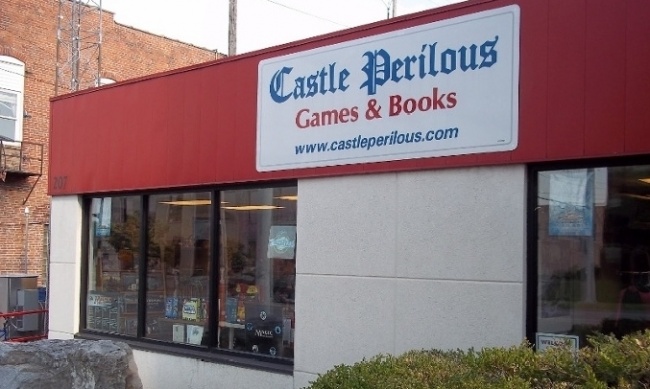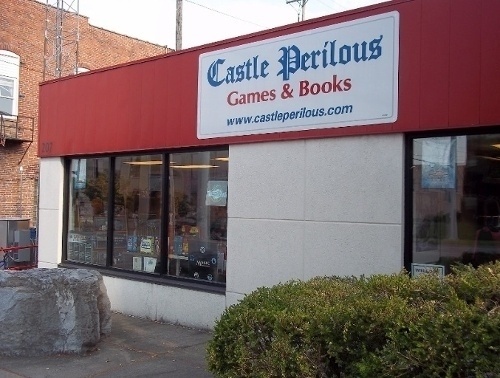Rolling for Initiative is a weekly column by Scott Thorne, PhD, owner of Castle Perilous Games & Books in Carbondale, Illinois and instructor in marketing at Southeast Missouri State University. This week, Scott Thorne looks at three features of a good demo game program.
Sending stores a demonstration game is generally a pretty good way to get retailers to take a look at your game, and if a publisher can get its game into a store, the game is more likely to get to get seen and bought. With 300 million people, more or less, in the U.S. (granted not all of them meet all the criteria of a market, such as having the authority to buy), still only 200 million use Amazon on a monthly basis and a goodly number of those are repeat customers. Despite Amazon’s algorithms, customers visiting the site will see only a small number of the boardgames and RPGs available. A quick walkthrough of any reasonably well stocked game store will offer the customer the opportunity to see dozens or hundreds of different games during a relatively short period of time.
I have discussed the concepts of showrooming and webrooming before and they still hold true. Customers are about 30% more likely to research products on the interwebs then come and buy them in a brick and mortar storefront. What does this have to do with demo games? Simply that a demo game is one more way to draw attention to a publisher’s game and get the customer to take a look at it. Of course, there is one big problem that publishers run into when they offer demo games to stores and that is that the store may take the free demo game, put it out on the shelf and try to sell it, thus negating the whole purpose of what can be a pretty expensive program. After all, manufacturers do not charge any less for a board game just because the publisher is going to give it away to retailers. A demo game program is useless if it does not achieve its primary function of generating additional sales for the publisher.
So, what should a good demo game program feature:
- Skin in the game, so to speak, for the retailer. The retailer should have to do something in order to receive the demo game, ideally one of three things: make a minimum purchase to get the game ( a lot of publishers choosing this option offer a demo copy with an order of 6 or 12 copies of a game); offer a discounted copy of the game (since most distributors offer a discount of 43% to 50%, a 75% discount for 1 copy is reasonable); or offer a demo copy when the retailer signs up on the publisher’s website, using the demo as an inducement to get the registration.
- Promote the program. Cryptozoic Games launched a pretty impressive demo game program some years back, with promo cards, demo copies and promotional materials (see "Diamond-Alliance Gets Cryptozoic Exclusive"), but has since let it languish. Wizards of the Coast, on the other hand, has a wonderful demo program with its Open Houses that run the weekend before each new Magic set release (see "Rolling for Initiative – WotC Open House." In order to participate in either Cryptozoic’s or WotC’s programs, which are free to retailers, stores do have to sign up (see Skin in the Game, above), turning over contact info to the publishers and signing an agreement with the publisher as to how the material will be used.
- Have a game that stores can promote. This is key to getting retailers onboard with a program: the game needs to lend itself to demonstration. It may take two to three hours to play but the store should be able explain the basic concepts in about 30 seconds to a minute. With its demo copies, Mayfair Games would include a one sheet explanation of how to play the game. Looney Labs does something similar with most of its new releases and, if you have an Alliance Game Distribution account, the company has a good number of demo scripts posted on its retailer website.
Does a demo program guarantee a game will sell? Of course not. However it does increase the likelihood that a store can and will promote it which generally does lead to more sales.
The opinions expressed in this column are solely those of the writer, and do not necessarily reflect the views of the editorial staff of ICv2.com.




